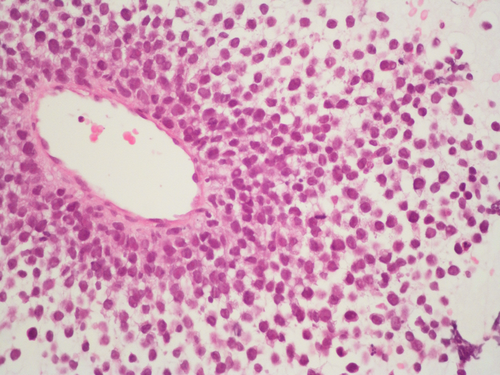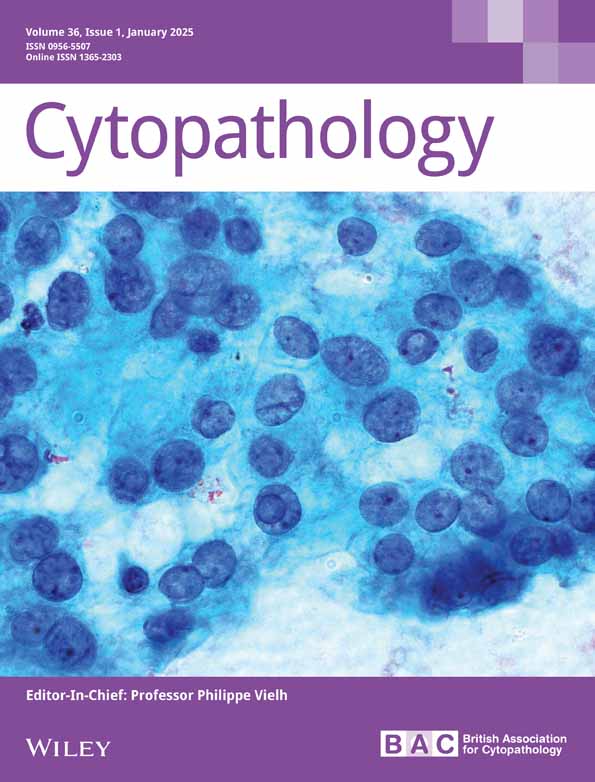Malignant melanoma diagnosed by fine-needle aspiration in cases presenting with parotid mass
Presentation of four cases, three of which were the initial manifestations of the disease.
Abstract
Background
One of the most common malignancies that metastasize to the parotid glands and associated lymph nodes is cutaneous melanoma. Although fine-needle aspiration (FNA) is well established for diagnosing primary salivary gland tumours, there is limited literature on its role in diagnosing metastatic lesions.
Aims and Objectives
This study aims to investigate the cytomorphological features of malignant melanoma diagnosed by FNA in cases presenting with a parotid mass.
Materials and Methods
We present the clinical and cytomorphological findings of four cases. Conventional FNA biopsy smears and cell blocks were performed using standard techniques and for the differential diagnosis, a panel of immunohistochemical markers was used.
Results
The patients included three females and one male, aged 54 to 77. FNA biopsies revealed atypical cells with large, hyperchromatic, pleomorphic nuclei, some of which exhibited prominent nucleoli. Plasmacytoid and oncocytic morphologies were also observed. Numerous mitotic figures were noted. Immunohistochemical staining showed HMB-45, S100 positivity in all cases. SOX10, MART-1 and MITF positivity were also observed. Three of the four patients had no history or suspected lesions of melanoma at the time of FNA diagnosis. The absence of melanin pigment complicated the diagnosis, but immunostains confirmed malignant melanoma.
Conclusion
Diagnosing malignant melanoma by FNA can be challenging, especially when the melanoma is in an unusual site, cytological findings are ambiguous, and there is no history of cutaneous melanoma. Accurate diagnosis requires a high level of suspicion and the use of appropriate immunohistochemistry.
Graphical Abstract
Herein, 4 cases of malignant melanoma, each presenting with a parotid mass and diagnosed by fine-needle aspiration, are presented. Diagnosis can be challenging when melanoma occurs in unusual sites, cytological findings are ambiguous, and there is no prior melanoma history. Accurate diagnosis requires high suspicion and suitable immunohistochemistry.
CONFLICT OF INTEREST STATEMENT
The authors declare there are no conflicts of interest.
Open Research
DATA AVAILABILITY STATEMENT
The data that support the findings of this study are available from the corresponding author upon reasonable request.





